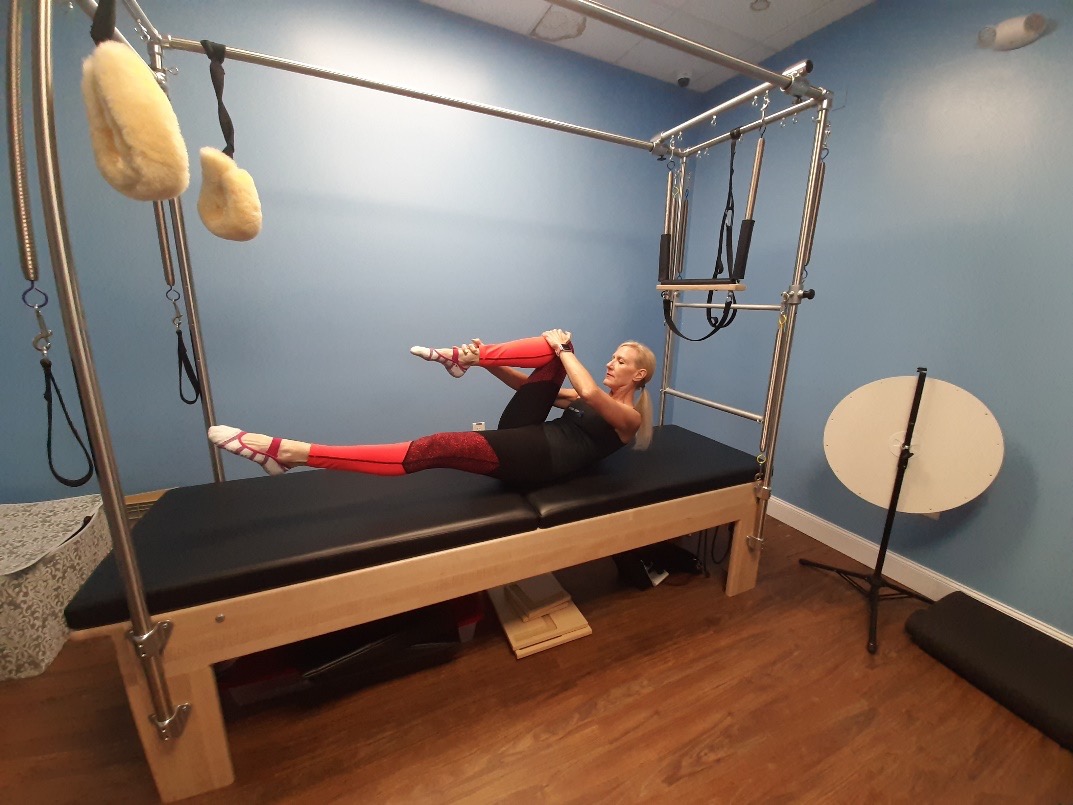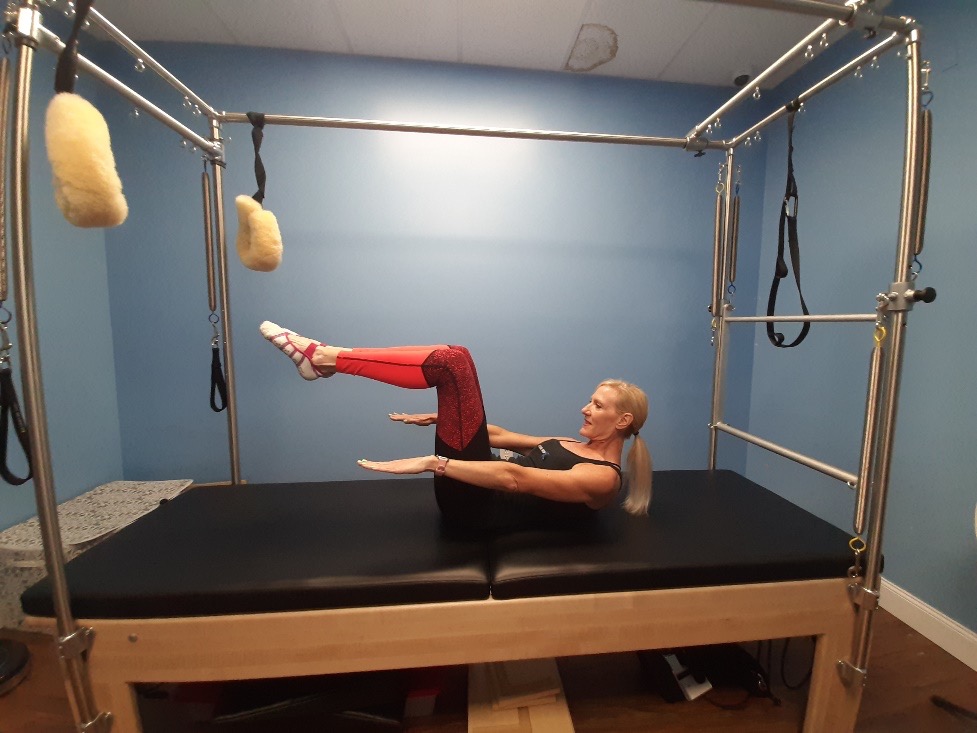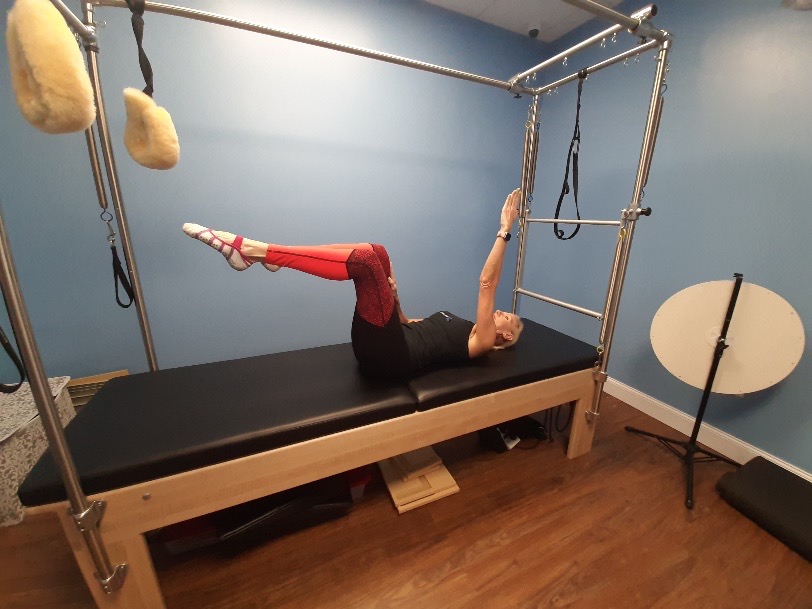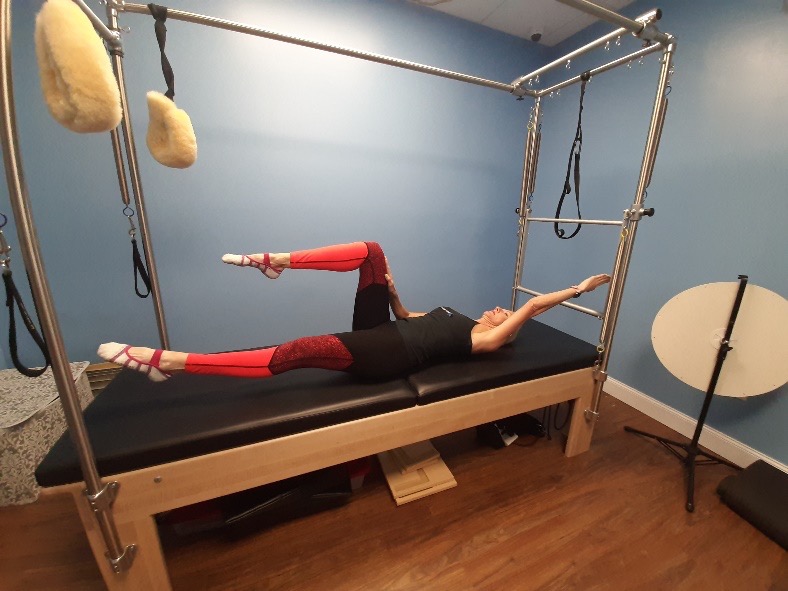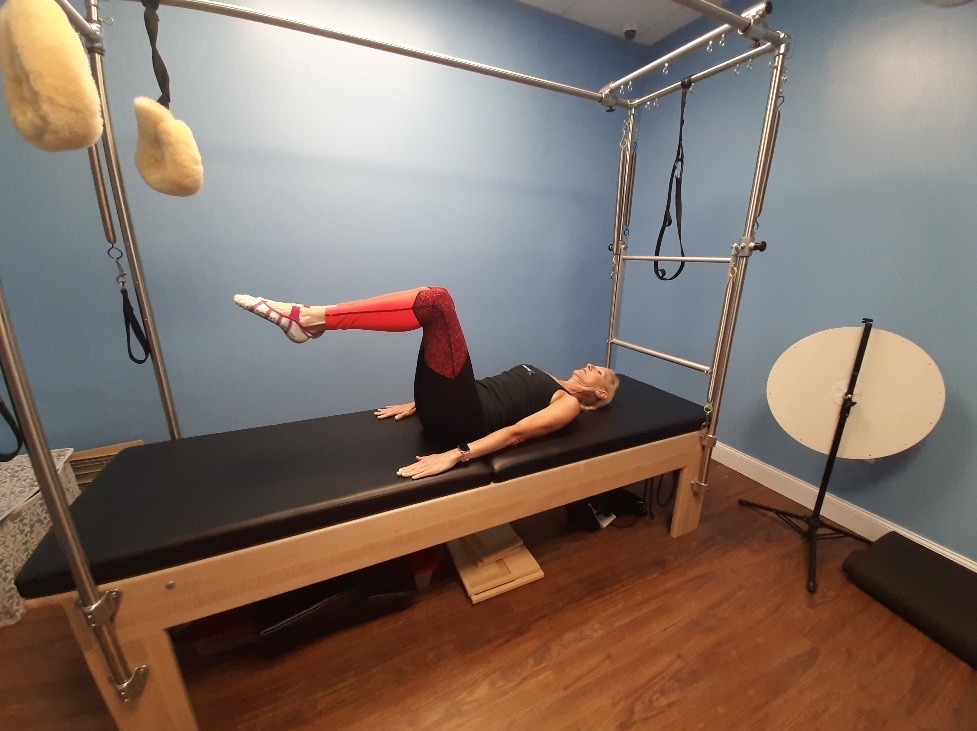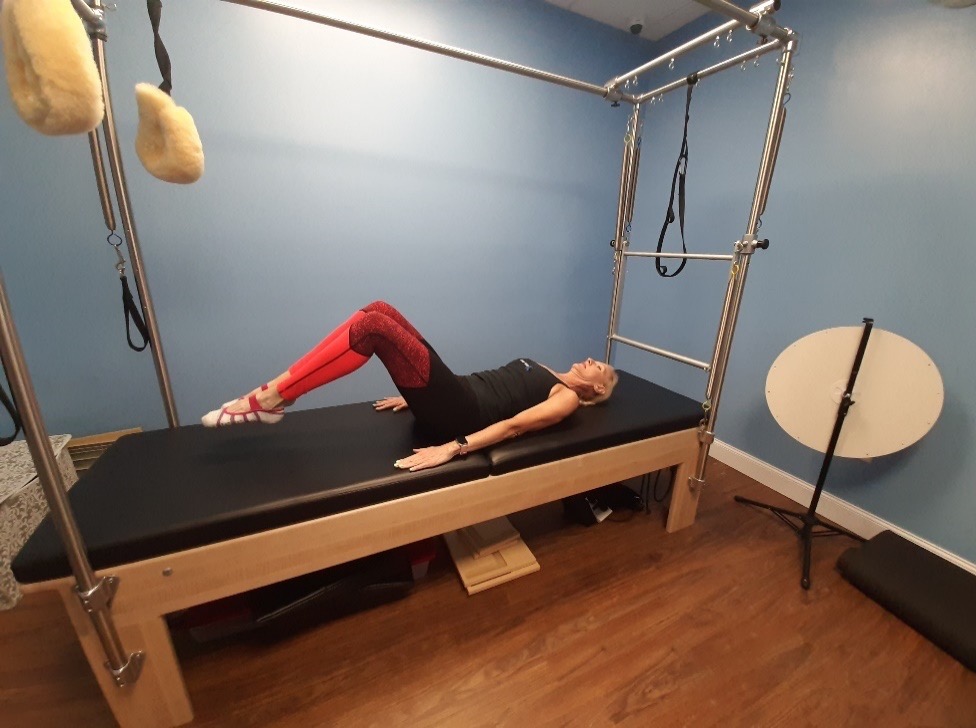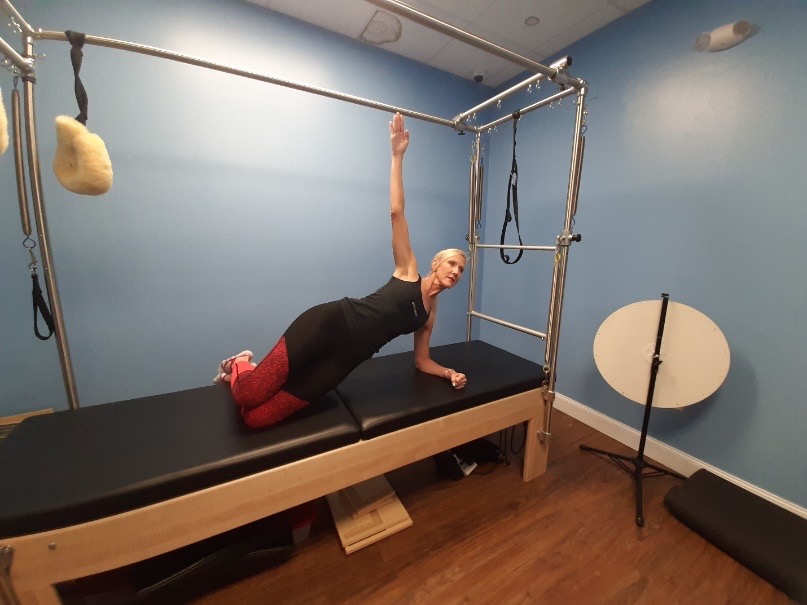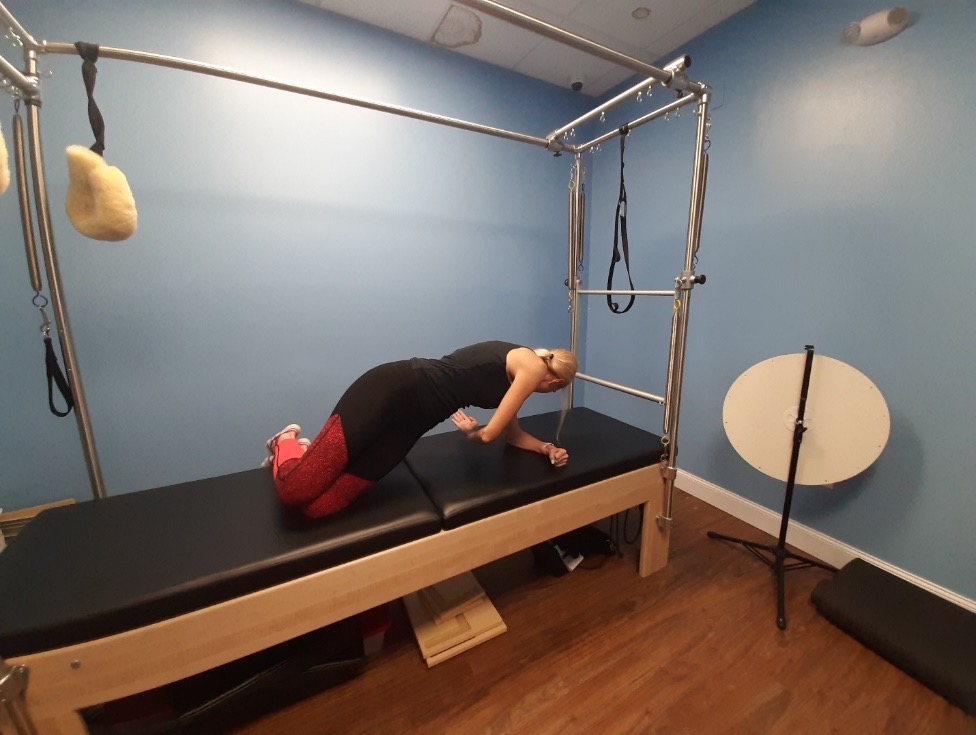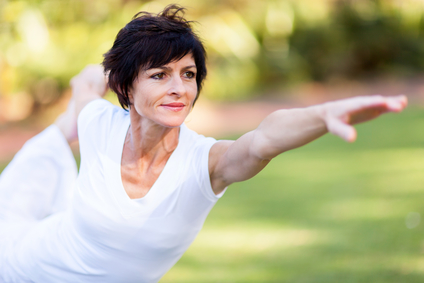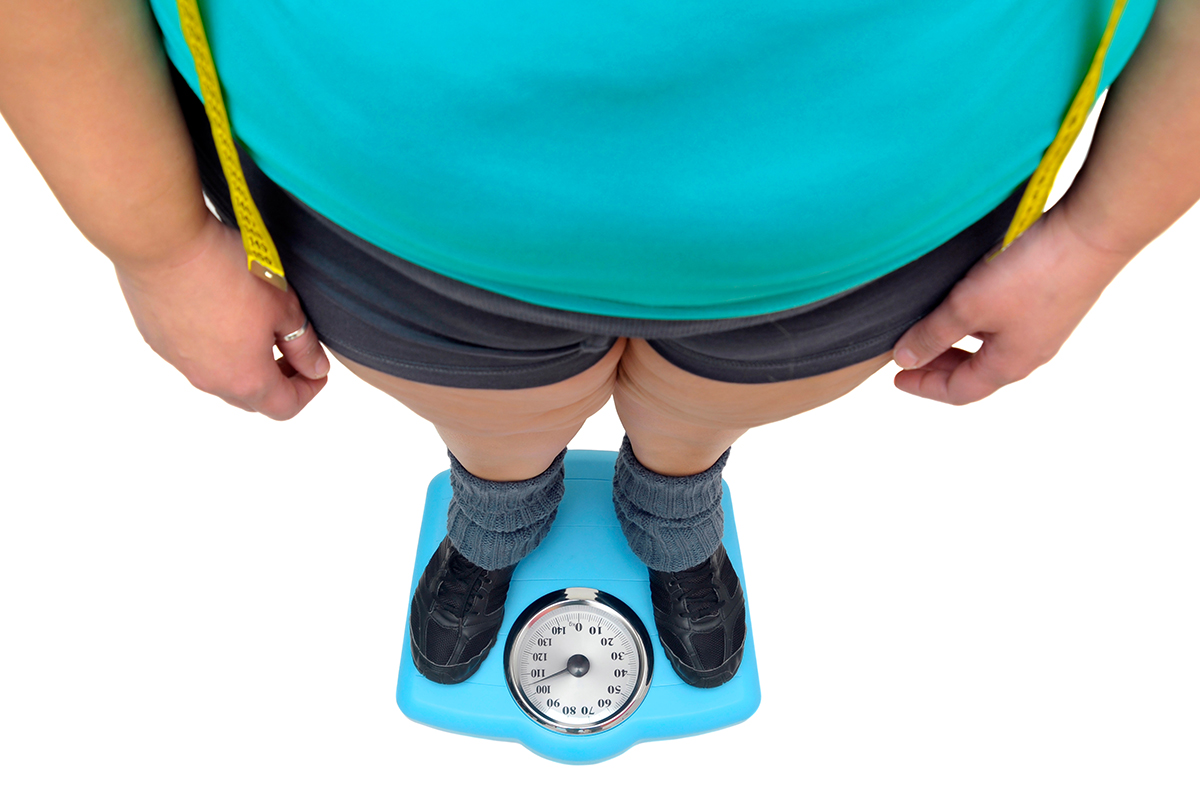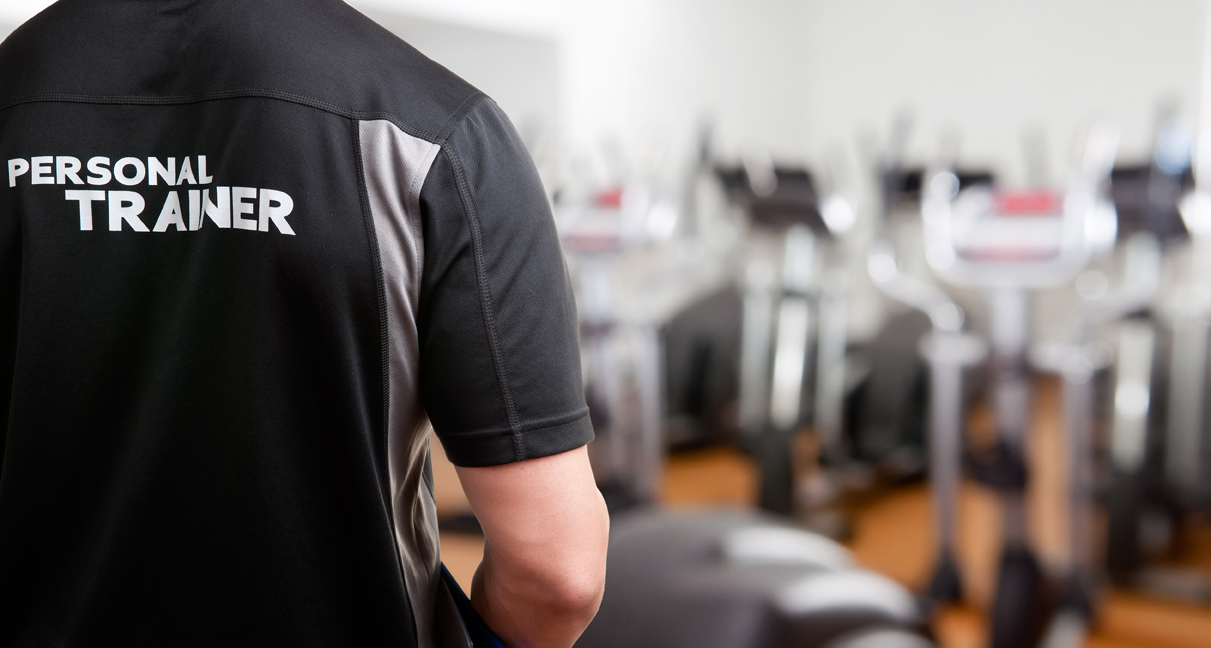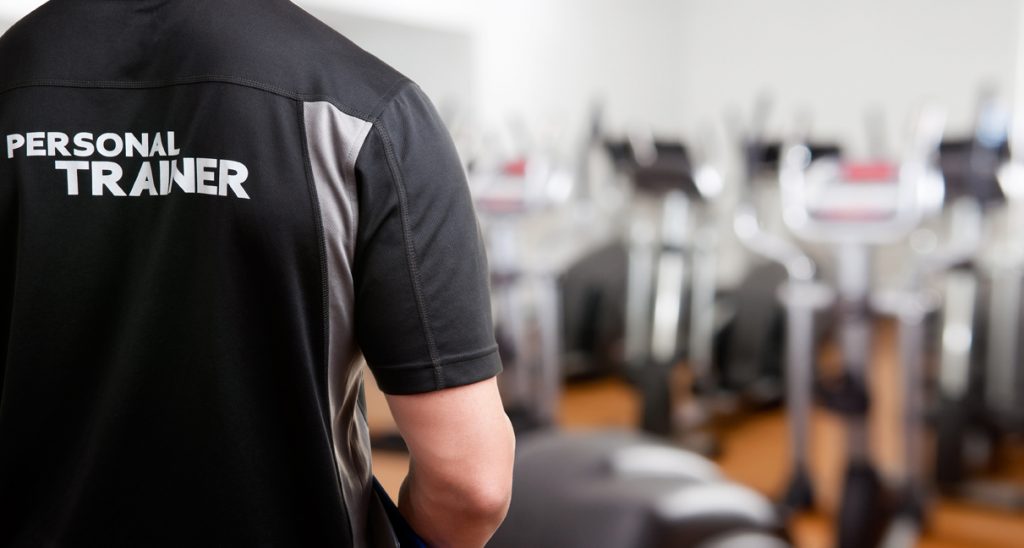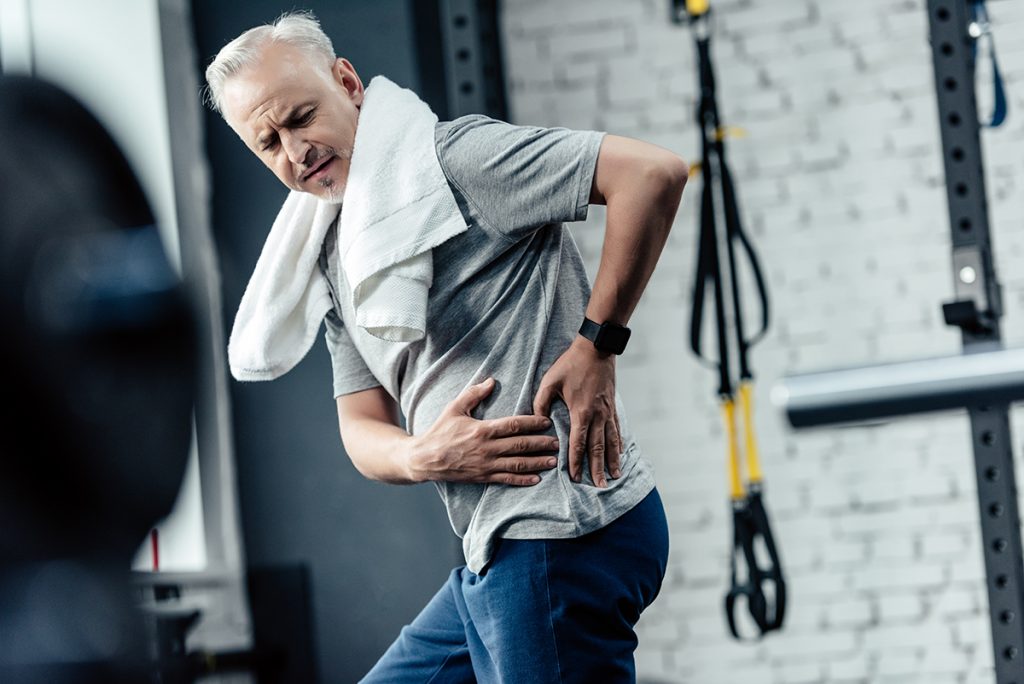Heart Rate Variability, Why It Matters and How Can You Improve it
Heart rate variability (HRV) is a measurement of the variation in time between successive heartbeats.
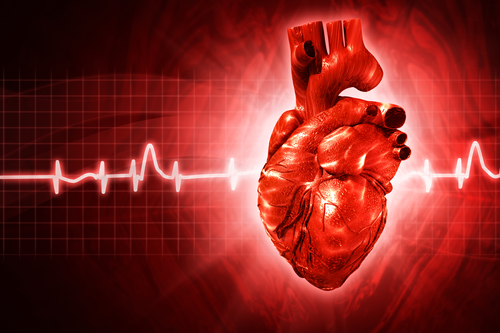
HRV is controlled by the sympathetic and parasympathetic branches of the autonomic nervous system, which work in opposition to regulate our body’s functions. The sympathetic nervous system is responsible for our “fight or flight” response, while the parasympathetic nervous system is responsible for our “rest and digest” response.
A higher HRV indicates that the parasympathetic nervous system is dominant, which means that the body is in a state of relaxation and recovery. A lower HRV indicates that the sympathetic nervous system is dominant, which means that the body is in a state of stress and exertion.
HRV is a valuable tool in assessing overall health and identifying potential health risks. It is affected by various factors, including age, fitness level, stress levels, and sleep quality. As we age, our HRV tends to decrease, and this decrease is associated with an increased risk of developing chronic health conditions.
Research has shown that a low HRV is associated with an increased risk of mortality from various health conditions, including heart disease, diabetes, and cancer. Monitoring HRV regularly can help identify potential health risks and enable us to take steps to address them.
What is a Good HRV?
A “good” HRV varies depending on a person’s age, fitness level, and overall health. Generally, a good HRV falls between 60 and 100 ms. This range varies depending on age:
| AGE GROUP | AVERAGE HRV |
| 18-25 | 62-85 ms |
| 26-35 | 55-75 ms |
| 36-45 | 50-70 ms |
| 46-55 | 45-65 ms |
| 55-65 | 42-62 ms |
| 66+ | 40-60 ms |
Factors Affecting HRV
HRV tends to decrease with age, and this decrease is attributed to a decrease in parasympathetic nervous system activity. This decrease can be more pronounced in individuals with chronic health conditions or who lead sedentary lifestyles.
Chronic health conditions, such as heart disease and diabetes, can negatively impact HRV. Furthermore, lifestyle habits such as smoking, excessive alcohol consumption, and a poor diet can also have a negative impact on HRV.
Stress, whether physical or emotional, can decrease HRV. Poor sleep quality or sleep deprivation can lead to a decrease in HRV, as the body is unable to fully recover and recharge.
Certain medications, including beta-blockers used to treat high blood pressure and heart conditions, can significantly decrease HRV. (If you are taking medication and are concerned about its impact on HRV, we recommend speaking with your healthcare provider.)
How to Improve Your HRV
Regular exercise has been shown to increase HRV, especially high-intensity interval training. Engaging in regular physical activity improves heart health and can positively impact HRV. It is important to note that overtraining can have the opposite effect on HRV, so it is important to find the right balance between exercise and rest.
Regular relaxation and stress management techniques can help counteract the effects of stress and improve HRV. Relaxation techniques such as progressive muscle relaxation and guided imagery can help reduce stress and increase HRV.
Getting enough quality sleep is essential for overall health and can increase HRV. Consistently getting 7-9 hours of quality sleep each night can improve HRV.
Eating a balanced diet rich in whole foods can improve overall health, which can in turn increase HRV. Foods that are high in omega-3 fatty acids, such as fish and nuts, have been shown to increase HRV. Conversely, a diet high in processed foods and sugar can have a negative impact on HRV.
Limited alcohol and caffeine consumption. Caffeine can increase heart rate and activate the sympathetic nervous system, while alcohol can have a depressant effect on the parasympathetic nervous system. Limiting alcohol and caffeine intake can positively impact HRV.

